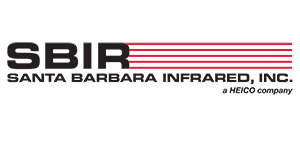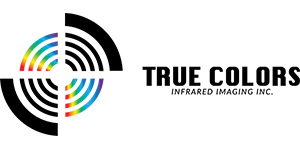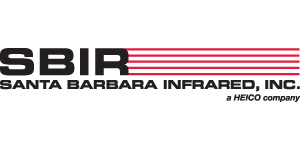Infrared Imaging Systems: Design, Analysis, Modeling, and Testing XXXV
The CHIPS Act Microelectronics Commons network is accelerating the pace of microelectronics technology development in the U.S. This panel discussion will explore opportunities for crossover from commercial technology into DoD systems and applications, discussing what emerging commercial microelectronics technologies could be most impactful on photonics and sensors and how the DoD might best leverage commercial innovations in microelectronics.
Poster Setup: Tuesday 12:00 PM - 5:30 PM
Poster authors, view poster presentation guidelines and set-up instructions at http://spie.org/DCSPosterGuidelines.
Welcome and opening remarks
24 April 2024 • 8:30 AM - 8:40 AM EDT
Moderator:
Michael Soel, Teledyne FLIR Systems, Inc. (United States)
Panelists:
Ronald Driggers, The Univ. of Arizona (United States)
Orges Furxhi, True Colors Infrared Imaging (United States)
Brian P. Teaney, DEVCOM C5ISR (United States)
Daniel Wegner, Fraunhofer-Institut für Optronik, Systemtechnik und Bildauswertung IOSB (Germany)
Moderator:
Curtis M. Webb, L3Harris Technologies, Inc. (United States)
Panelists:
Stephen Burks, DEVCOM C5ISR (United States)
Chris Durell, Remote Sensing Labsphere, Inc. (United States)
Al Gibson, Santa Barbara Infrared, Inc. (United States)
Ilya Koshkin, CI Systems (United States)
Jeffrey T. Meier, US Army Redstone Technical Test Ctr. (United States)
Austin Richards, Oculus Photonics (United States)
Nathalie Roy, Defence Research and Development Canada, Valcartier (Canada)



